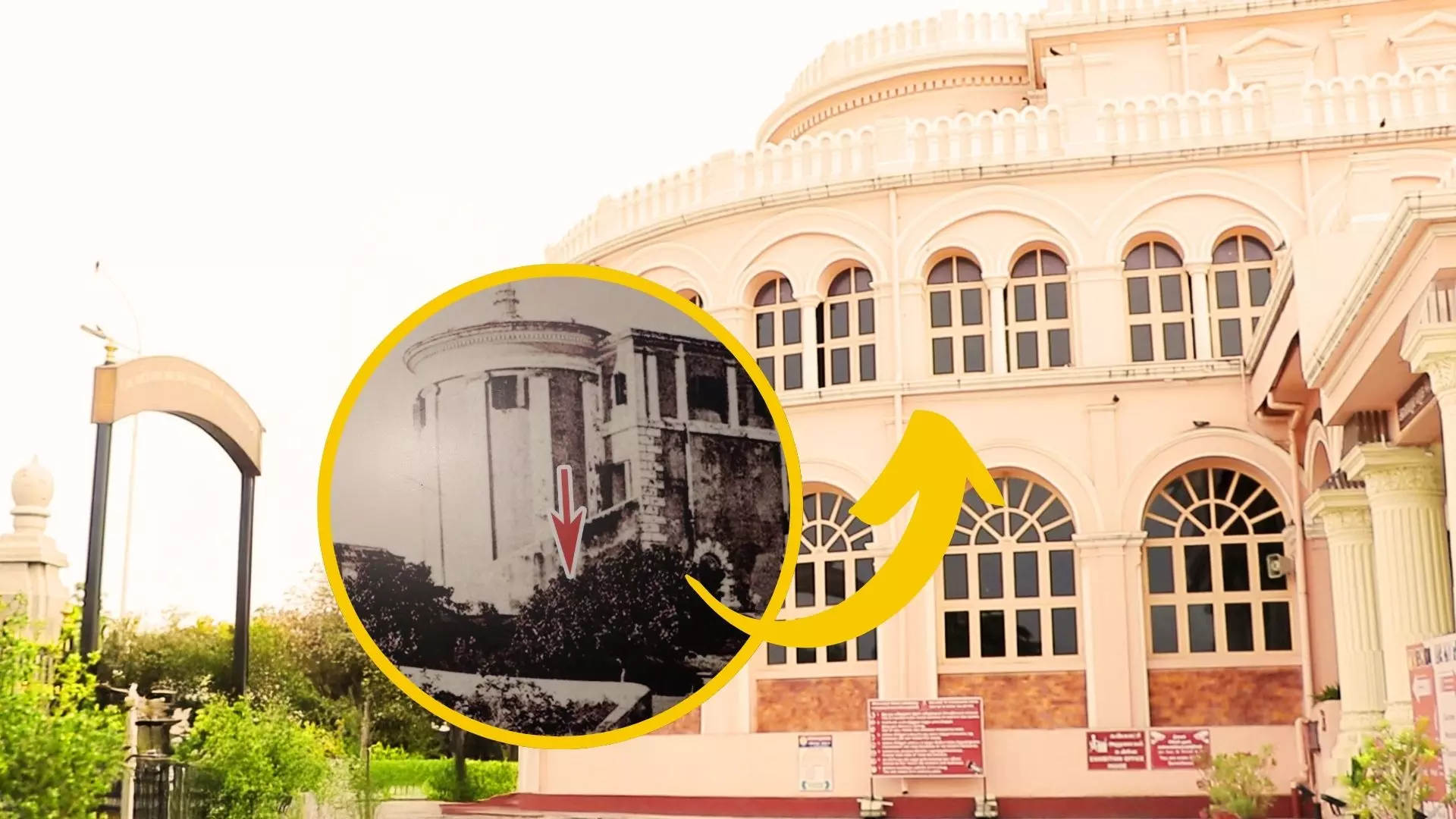
Chennai’s ice house: From colonial startup to Vivekananda legacy
Madras Day Special: How an American made Chennai ‘cool’ in the 1800s
An American entrepreneur’s ice venture turned colonial Madras 'cool', later becoming Vivekananda House. How did this unusual startup shape Chennai’s legacy?

In the early 1800s, American entrepreneur Frederic Tudor, famously known as the “Ice King,” had an audacious idea. He cut huge blocks of ice from the frozen lakes of Boston, packed them with sawdust, and shipped them across oceans to tropical regions. Against all odds, his gamble succeeded. Soon, ships carried tons of ice across the Atlantic and into Asia.
In Madras, the British struggled with the oppressive humidity while clinging to their traditional layered attire. Tudor’s ice shipments offered them much-needed relief. To store this ice, the British built the Ice House in 1842 on Chennai’s Marina Beach.
An engineering marvel
The Ice House was more than just storage. Its five-foot-thick walls, layered insulation of charcoal and hay, and underground storage design kept ice intact against Chennai’s blazing heat. As one guide at the site explained, “The walls are five feet thick, reducing as they rise. With charcoal and hay used as insulation, the ice stayed for long periods.”
Similar ice houses were constructed in Mumbai and Kolkata, but those no longer survive. Today, Chennai’s Ice House is the last standing structure of its kind in India.
Decline in ice trade
By the late 1800s, ice manufacturing began locally in Madras, rendering imported ice obsolete. Tudor’s business dwindled, and by 1886, the Ice House was abandoned. In 1880, the building was sold to advocate Biligiri Iyengar, who renamed it Castle Kernan.
But its defining moment came in 1897 when Swami Vivekananda stayed here for nine nights after his historic address at Chicago. His lectures inside these walls inspired the people of Madras, and the Ice House was reborn as Vivekananda House.
From startup to legacy
While the British built the Ice House for their own needs, it gained historical significance because of Vivekananda’s stay. As a local guide explained, “This building became historical because Swami Vivekananda stayed here and inspired people.”
Today, Vivekananda House stands as a reminder of two legacies—one of colonial innovation and another of spiritual awakening. From storing ice to inspiring minds, the structure remains one of Chennai’s most iconic landmarks.
The content above has been generated using a fine-tuned AI model. To ensure accuracy, quality, and editorial integrity, we employ a Human-In-The-Loop (HITL) process. While AI assists in creating the initial draft, our experienced editorial team carefully reviews, edits, and refines the content before publication. At The Federal, we combine the efficiency of AI with the expertise of human editors to deliver reliable and insightful journalism.

